Why woodland edge matters
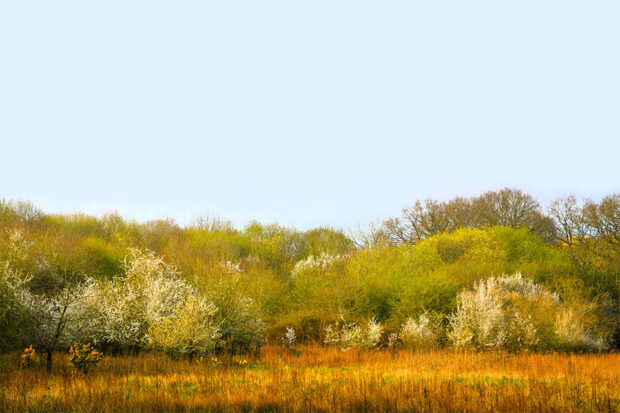
...analogues assist with achieving landscape unity and reinforcing spirit of place. Crown copyright Understanding woodland edge Edge is the transition zone - or ‘ecotone’ - between woodland and fields or...

...analogues assist with achieving landscape unity and reinforcing spirit of place. Crown copyright Understanding woodland edge Edge is the transition zone - or ‘ecotone’ - between woodland and fields or...

...coupled with a lack of management of those that are left has contributed to their decline, leaving populations isolated and at risk of losing genetic diversity. They fare better under...
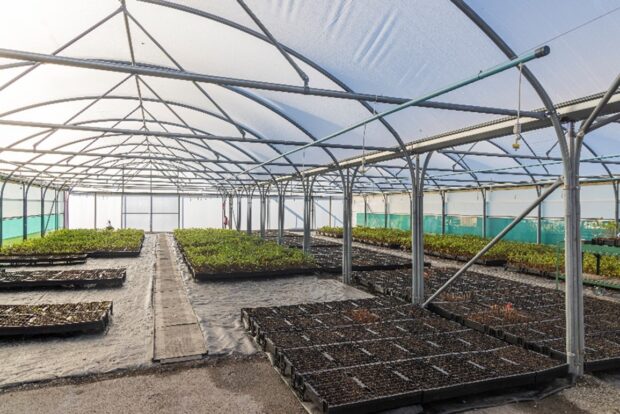
James Bickley, the Forestry Commission’s Local Partnership Adviser for the North West and West Midlands, shares details of a new, life changing initiative. One that creates training opportunities and a...
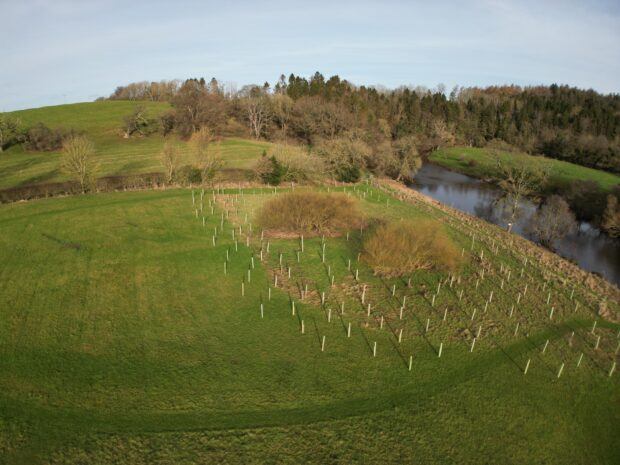
...as stackable payments for woodland that offers wider environmental and social benefits. Terry and Tracy Featherstone run a woodland farm in south west Durham. After inheriting the farm, they modernised...
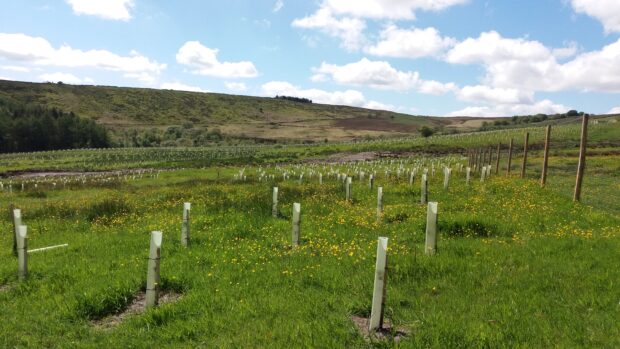
...this government’s long-term commitment to transforming our environment. Nature Minister Mary Creagh (middle) with Forest of Avon CEO Alex Stone (left) and Joanna Lewis, Chief Exec of Wiltshire Wildlife Trust...
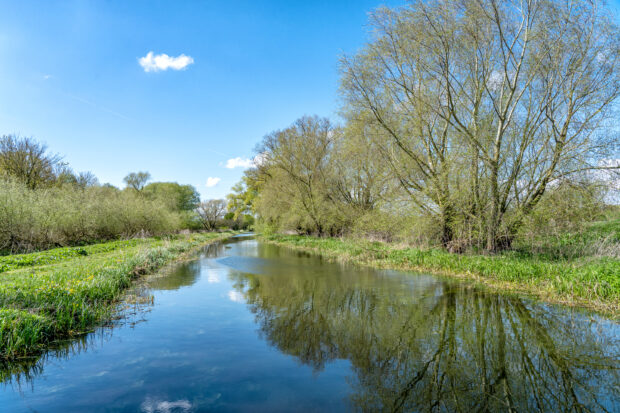
...you typically plant trees closer together, which encourages them to draw up more nutrients and promote soil infiltration (where water on the surface enters the ground) and thereby soil retention....
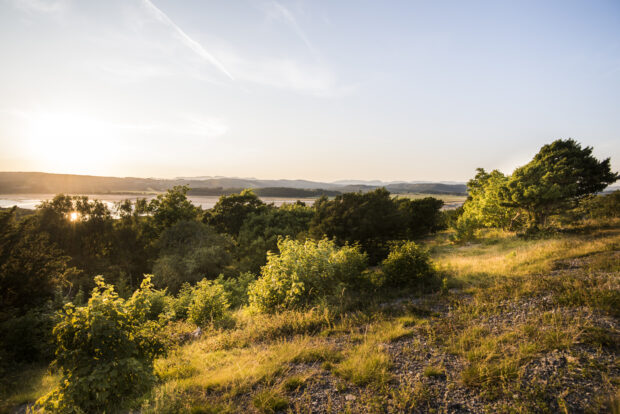
...sustainable forestry aims to achieve. Effective woodland edge management involves creating gradual transitions between forest and open land, typically incorporating a diverse mix of native shrubs, wildflower meadows and scattered...
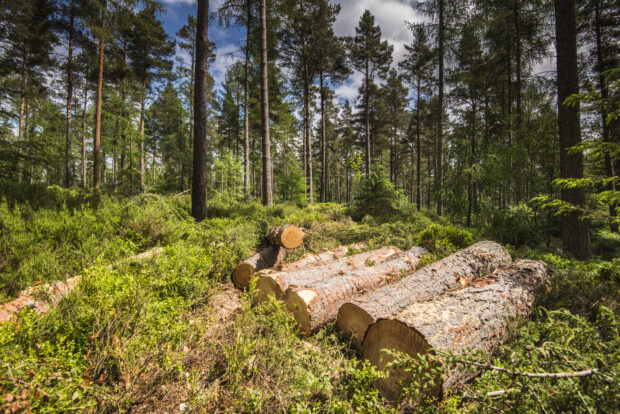
Chris Watson, Woodland Resilience Advisor at the Forestry Commission, invites Steph Bale, Senior Policy Advisor for Commercial Forestry at Defra, to discuss the differences between hardwood and softwood in relation...
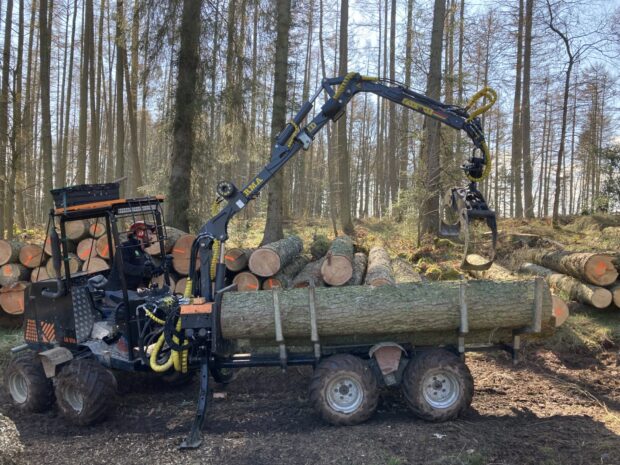
...sell this valuable, natural resource. One of the most rewarding aspects of owning and managing a woodland can be the harvesting of trees to produce timber and wood products. Harvesting...
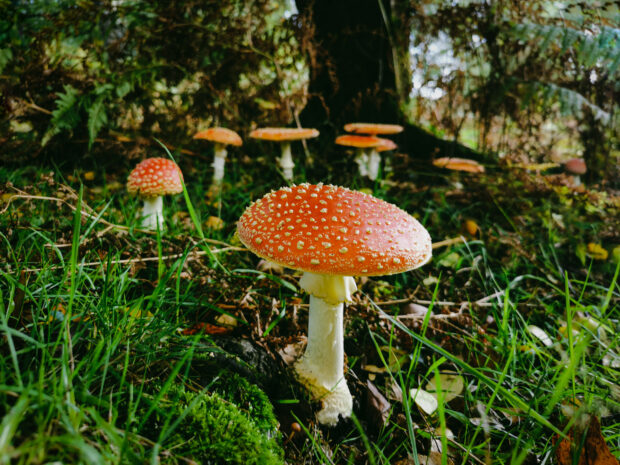
...complex compounds that give wood its strength and durability. The decomposition process unfolds in stages and can take decades. Pioneer species colonise fresh deadwood first, softening the wood's defences. Waves...